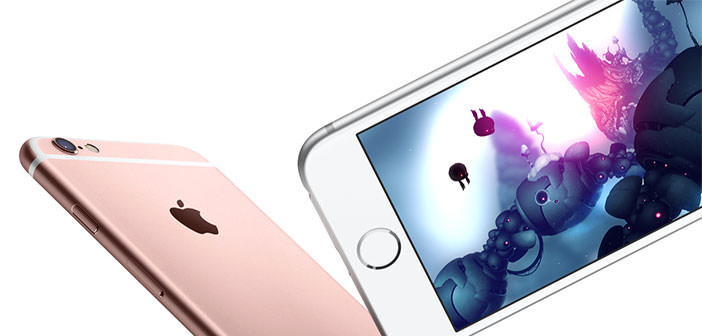After a video on YouTube and the confirmation by the iFixit teardown of the new iPhone we can say that they are ” partially resistant to liquids “. Apple did not mention the feature in any home.
Although Apple has not officially announced anything new in the way of resistance to the intrusion of liquid or dust, the first teardown confirmed the news on iPhone 6S and iPhone 6S Plus. The new smartphones would seem to be in the water-resistant, as demonstrated by the first a video posted on YouTube by user Zach Straley, and then confirmed by iFixit has done some analysis on the devices.
In the video, seen in a few days to more than 1.5 million users, the user immerses two smartphones in as many bowls filled with water for about an hour, finding that the hardware was not in any way compromise after the test. The famous portal repairs iFixit has performed a teardown appropriate, confirming that Apple has adopted some changes to make the devices more tolerant to intrusion of liquids.
According to the team iFixit new iPhone 6S and iPhone 6S Plus make use of special types of seals in order to avoid damage due to contact with liquids. Apple also used silicone sealant inside the smartphone to cover the connectors of the cables connected to the logic board with the aim pretty obvious to give the smartphone a minimum of protection in cases mentioned above, even without reaching a full strength.
The silicone sealants also have the task of preventing the occurrence of corrosion on the metal connectors with the passage of time, and hence increase the durability of the devices. The company has also adopted some measures to the aluminum monocoque, modified to accommodate the seals, which are of the same color of the device to be as invisible as possible to look from the outside.
Although it is clear that the company has adopted some tricks to make the iPhone partially water-resistant, being presented was not completely covered the topic. The reason is simple: many components are not watertight, such as the headphone jack, the external speaker and the slot of the NanoSim, so it is possible (though not simple, according to tests) damage smartphones with the introduction of liquids.

